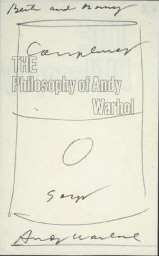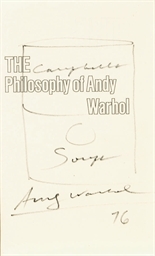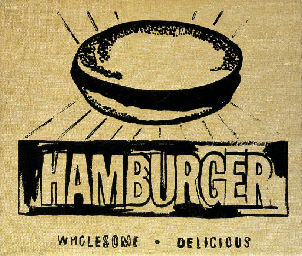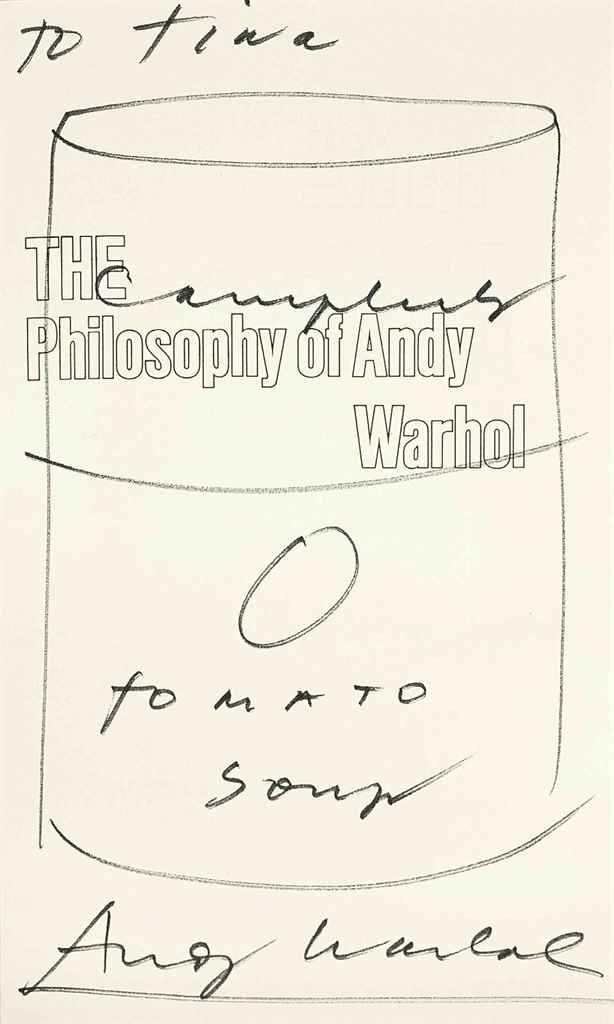Artist: Andy Warhol (1928-1987) American Title: Muhammad Ali (1978) (F. & S. II.179-182) Signature: each signed and numbered in felt pen lower right, except II.179 - lower left. Each framed separately. Medium: portfolio of 4 screenprints on Strathmore Bristol paper - numbered 8 from an edition of 150, aside from 10 AP and 1 PP. Printed by Rupert Jasen Smith, New York. Published by Andy Warhol Enterprises, Inc., New York Size: 101.60 x 76.20cm (40 x 30in) Framed Size: 126 x 100.5cm (49.6 x 39.6in) Provenance: Sotheby's, New York NY, United States, 'PRINTS' 2nd May 2008, Lot 506, (Illustrated on page 265 of the catalogue); Private Collection Literature: Notes: Feldman-Schellmann II. 179-182 Frayda Feldman, Jörg Schellmann and Claudia Defendi Andy Warhol Prints: A Catalogue Raisonné 1962-1987 (DAP art publishers 2003 reprinted 2015); Section II, Edition Prints. Illustrated page 101. a#morebtn { color: #de1d01; } a#morebtn:hover { cursor: pointer;} Between 1962 and 1987, Andy Warhol produced almost two thousand prints, working mainly with the newer technique of screenprint, rather than the more traditional etching, lithography or engraving. The process of screenprinting, or serigraphy, which became popular in the 1960's, depended on ink being ... Read more Between 1962 and 1987, Andy Warhol produced almost two thousand prints, working mainly with the newer technique of screenprint, rather than the more traditional etching, lithography or engraving. The process of screenprinting, or serigraphy, which became popular in the 1960's, depended on ink being embedded in a nylon (originally silk) mesh, then transferred onto paper or cloth, using a flexible blade to force the ink through the mesh. Warhol used photographs as source material for most of his prints, with images rendered into areas of pure black and white, then overprinted with flat areas of colour. Although best-remembered for his images of Campbells soup cans, Warhol also created many portraits, his subjects included Elizabeth Taylor, Mao Tse-Tung, Jackie Kennedy, Mick Jagger, Grace Kelly and Marilyn Munroe-people prominent in the worlds of politics, sport and the arts. Through these prints, Warhol transformed often routine photographic images of celebrities into spectacular essays in colour and line, and in doing so created some of the most memorable artistic images of the twentieth century. When working to commission, Warhol would generally begin the process by taking Polaroid photographs of the subject. In addition to working on paper, he would sometimes print images directly onto canvas, adding paint and pen to make a unique work of art. In 1977, Warhol was commissioned by his friend Richard Weisman to paint silkscreen portraits of ten famous athletes. The resulting prints, titled Athletes, are now among the artist's best-known works. A nephew of Norton Simon, after whom the Pasadena Museum of Art is named, Weisman's parents were founders of the Los Angeles Museum of Contemporary Art. He was a sports fan and art collector, and among the subjects he chose for Warhol were footballers Pelé and O. J. Simpson, figure skater Dorothy Hamill, golfer Jack Nicklaus tennis player Chris Evert and basketball star Kareem Abdul-Jabbar. During his meeting with Mohammad Ali, Warhol took Polaroid photographs of the boxer in fighting poses, but also at rest. The resulting images, transferred onto 40" x 40" canvas, using acrylic and silkscreen ink, resulted in works of art that were instantly popular amongst art collectors as well as the general public. The paintings were produced in a limited edition of eight, while the subsequent print edition, of which this is one, was limited to one hundred and fifty. Originally named Cassius Clay, Ali had converted to Islam in 1961, adopting his new name. In addition to being a sporting hero, he was a political activist, campaigning for black rights a
Artist: Andy Warhol (1928-1987) American Title: Muhammad Ali (1978) (F. & S. II.179-182) Signature: each signed and numbered in felt pen lower right, except II.179 - lower left. Each framed separately. Medium: portfolio of 4 screenprints on Strathmore Bristol paper - numbered 8 from an edition of 150, aside from 10 AP and 1 PP. Printed by Rupert Jasen Smith, New York. Published by Andy Warhol Enterprises, Inc., New York Size: 101.60 x 76.20cm (40 x 30in) Framed Size: 126 x 100.5cm (49.6 x 39.6in) Provenance: Sotheby's, New York NY, United States, 'PRINTS' 2nd May 2008, Lot 506, (Illustrated on page 265 of the catalogue); Private Collection Literature: Notes: Feldman-Schellmann II. 179-182 Frayda Feldman, Jörg Schellmann and Claudia Defendi Andy Warhol Prints: A Catalogue Raisonné 1962-1987 (DAP art publishers 2003 reprinted 2015); Section II, Edition Prints. Illustrated page 101. a#morebtn { color: #de1d01; } a#morebtn:hover { cursor: pointer;} Between 1962 and 1987, Andy Warhol produced almost two thousand prints, working mainly with the newer technique of screenprint, rather than the more traditional etching, lithography or engraving. The process of screenprinting, or serigraphy, which became popular in the 1960's, depended on ink being ... Read more Between 1962 and 1987, Andy Warhol produced almost two thousand prints, working mainly with the newer technique of screenprint, rather than the more traditional etching, lithography or engraving. The process of screenprinting, or serigraphy, which became popular in the 1960's, depended on ink being embedded in a nylon (originally silk) mesh, then transferred onto paper or cloth, using a flexible blade to force the ink through the mesh. Warhol used photographs as source material for most of his prints, with images rendered into areas of pure black and white, then overprinted with flat areas of colour. Although best-remembered for his images of Campbells soup cans, Warhol also created many portraits, his subjects included Elizabeth Taylor, Mao Tse-Tung, Jackie Kennedy, Mick Jagger, Grace Kelly and Marilyn Munroe-people prominent in the worlds of politics, sport and the arts. Through these prints, Warhol transformed often routine photographic images of celebrities into spectacular essays in colour and line, and in doing so created some of the most memorable artistic images of the twentieth century. When working to commission, Warhol would generally begin the process by taking Polaroid photographs of the subject. In addition to working on paper, he would sometimes print images directly onto canvas, adding paint and pen to make a unique work of art. In 1977, Warhol was commissioned by his friend Richard Weisman to paint silkscreen portraits of ten famous athletes. The resulting prints, titled Athletes, are now among the artist's best-known works. A nephew of Norton Simon, after whom the Pasadena Museum of Art is named, Weisman's parents were founders of the Los Angeles Museum of Contemporary Art. He was a sports fan and art collector, and among the subjects he chose for Warhol were footballers Pelé and O. J. Simpson, figure skater Dorothy Hamill, golfer Jack Nicklaus tennis player Chris Evert and basketball star Kareem Abdul-Jabbar. During his meeting with Mohammad Ali, Warhol took Polaroid photographs of the boxer in fighting poses, but also at rest. The resulting images, transferred onto 40" x 40" canvas, using acrylic and silkscreen ink, resulted in works of art that were instantly popular amongst art collectors as well as the general public. The paintings were produced in a limited edition of eight, while the subsequent print edition, of which this is one, was limited to one hundred and fifty. Originally named Cassius Clay, Ali had converted to Islam in 1961, adopting his new name. In addition to being a sporting hero, he was a political activist, campaigning for black rights a















Try LotSearch and its premium features for 7 days - without any costs!
Be notified automatically about new items in upcoming auctions.
Create an alert